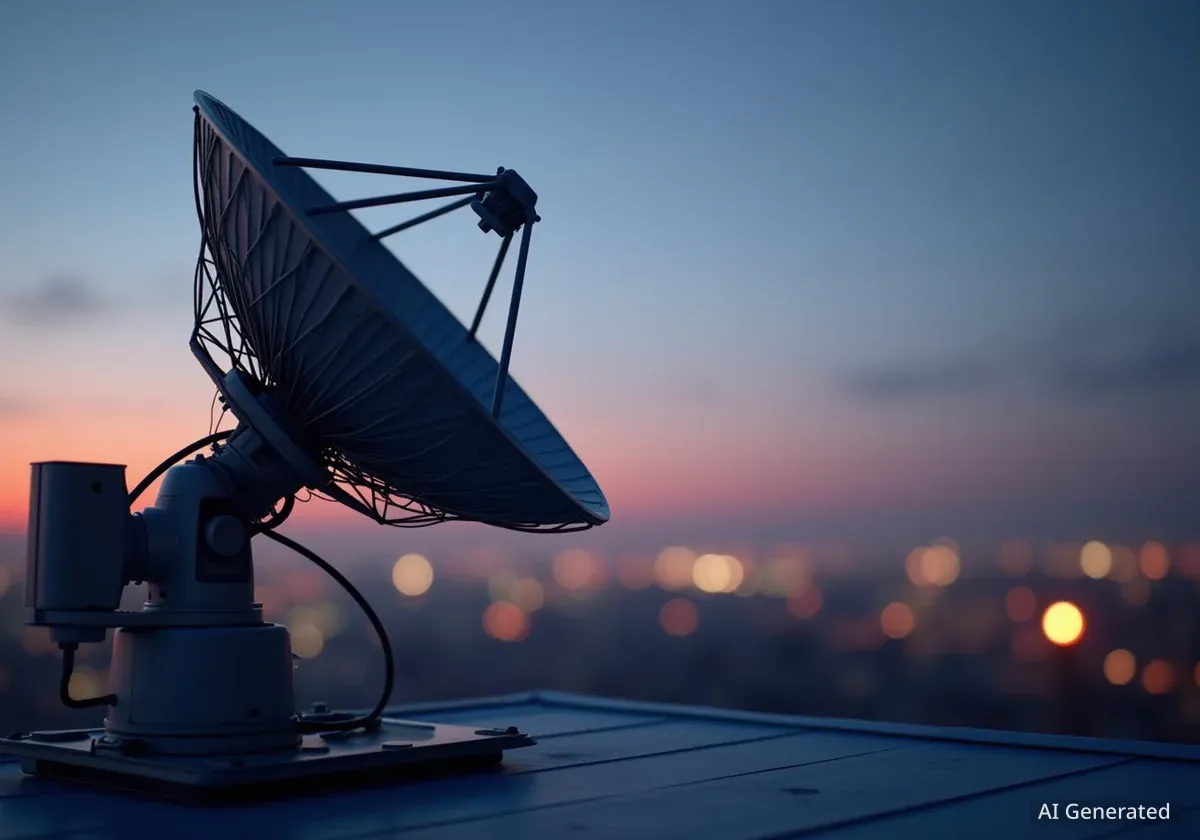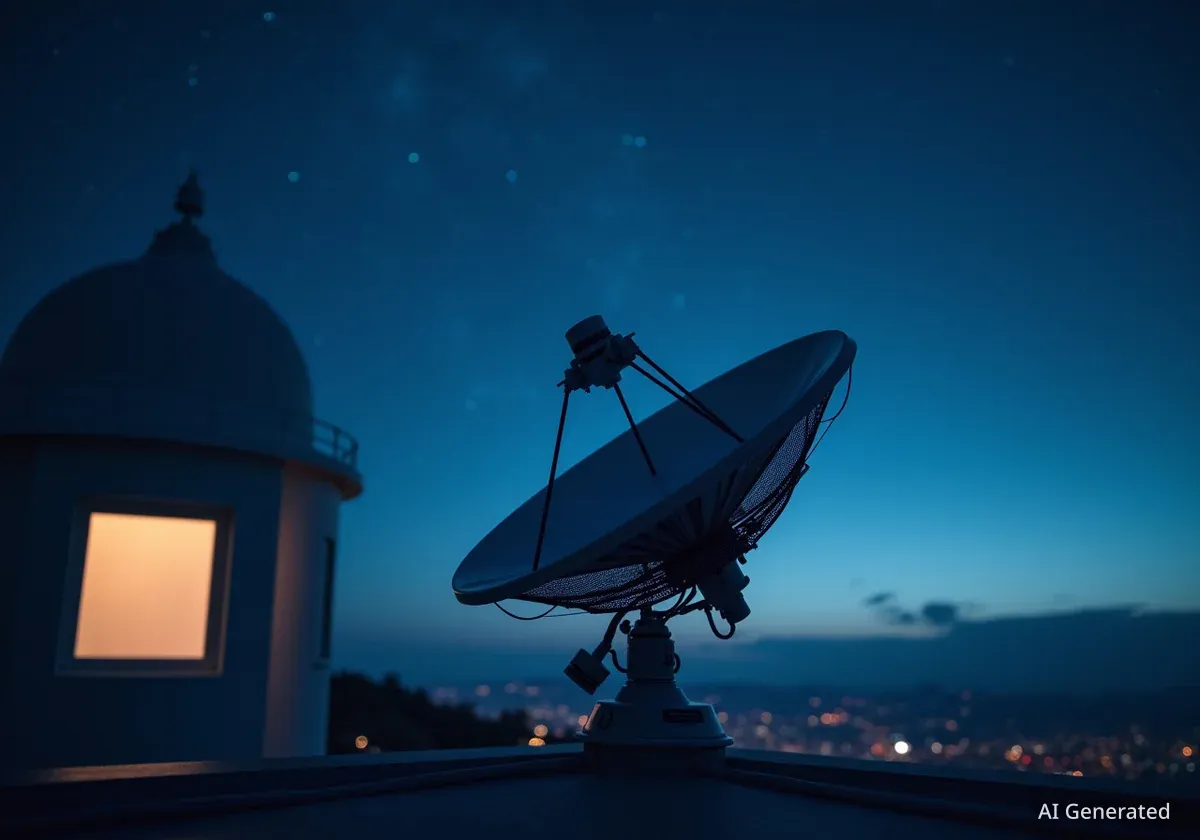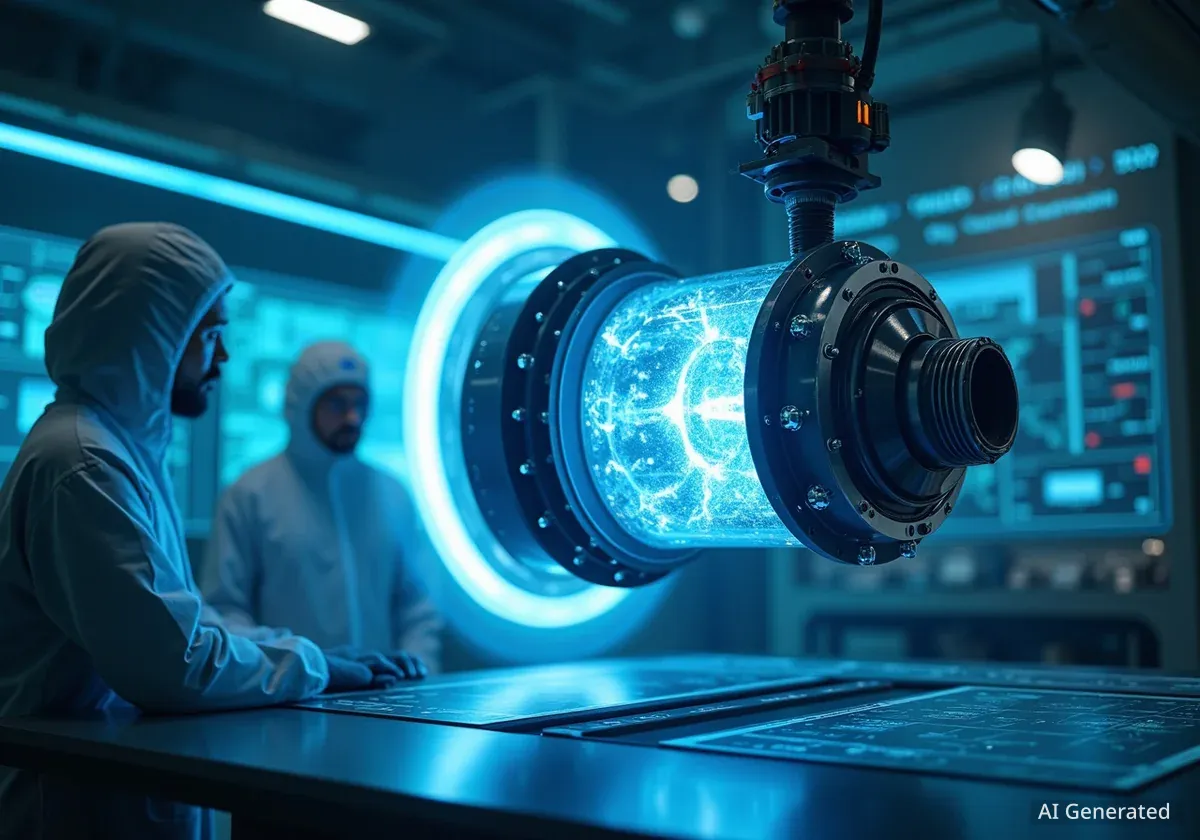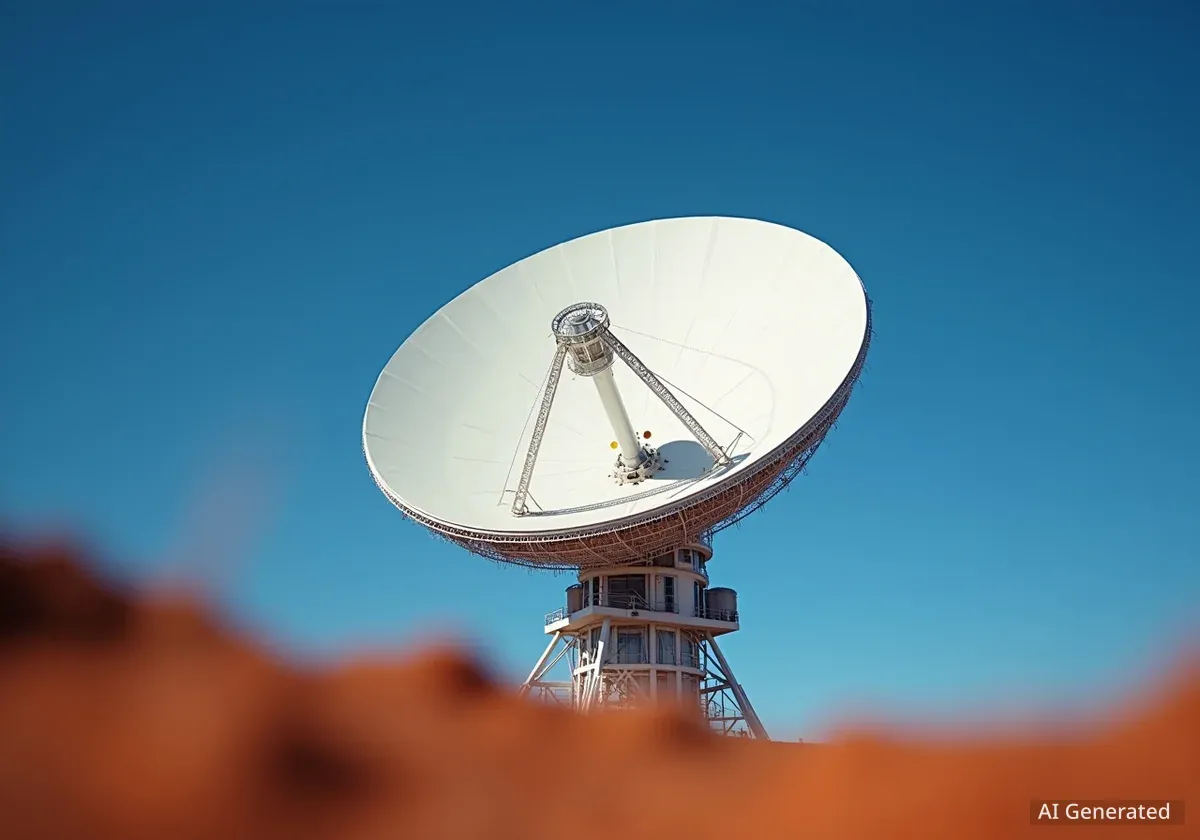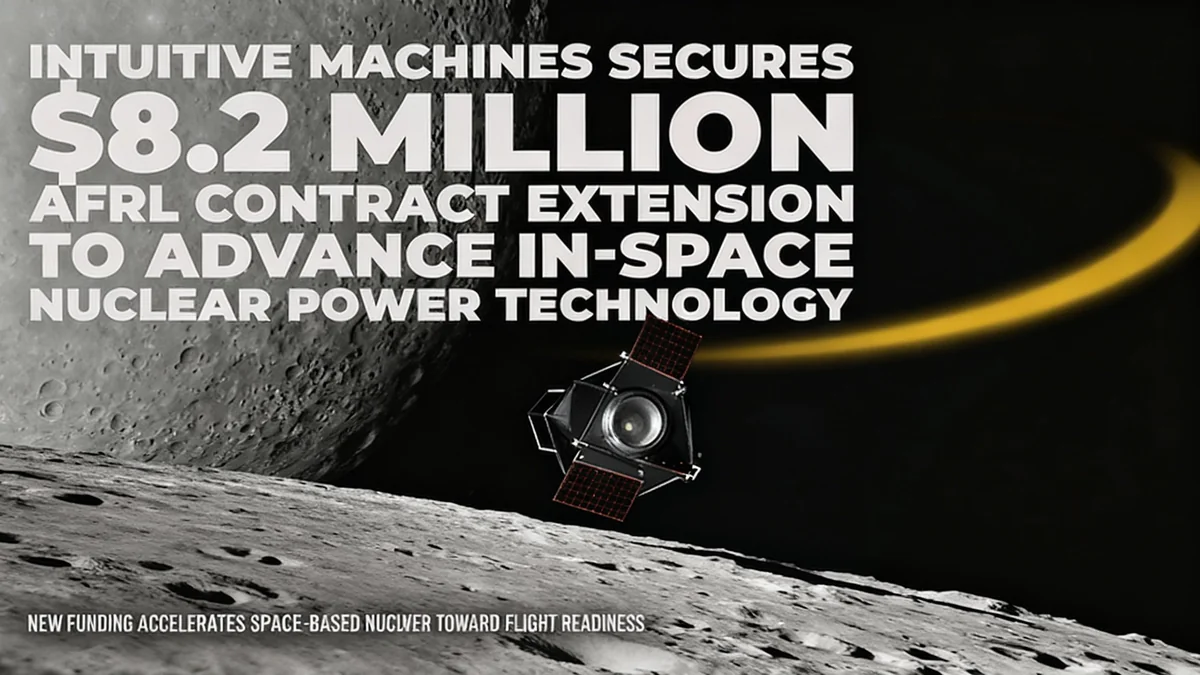In-space logistics company Momentus and communications provider Solstar Space have announced a strategic partnership to combine their services. The collaboration includes a three-year reciprocal agreement valued at up to $15 million and an upcoming technology demonstration mission in Low-Earth Orbit (LEO).
The partnership aims to offer customers a combined package of in-space transportation and persistent, on-demand data connectivity. A key part of this effort will be the flight of Solstar's Deke Space Communicator payload on the Momentus Vigoride-7 mission, scheduled for a SpaceX launch in February 2025.
Key Takeaways
- Solstar Space and Momentus have signed a three-year reciprocal services agreement worth up to $15 million.
- The companies will jointly market Solstar's communication services with Momentus' in-space logistics and hosted payload services.
- Solstar's Deke Space Communicator will fly on the Momentus Vigoride-7 mission in February 2025 for its first LEO demonstration.
- The technology is designed to provide 24/7, on-demand connectivity for spacecraft, bypassing traditional ground station downlinks.
A New Partnership for In-Space Services
Momentus and Solstar Space have formalized a plan to integrate their respective technologies. The agreement, announced on October 13, 2025, establishes a framework for the two companies to offer bundled services to the growing space industry. Momentus provides in-space transportation and infrastructure, while Solstar offers real-time communications for orbital assets.
The collaboration is structured as a reciprocal services agreement with a potential value of $15 million over three years. Under this arrangement, the companies will jointly market their capabilities. Momentus will act as a preferred partner for Solstar's services and will also make the communication technology available to its own customers.
John Rood, CEO of Momentus, explained the strategic value of the partnership. He emphasized the need for constant access to orbital payloads.
"We’re going to market together. Momentus will utilize the Solstar service as a preferred partner, but we’re also going to make it available to our customers. We think it’s something that will give us a discriminated capability, for companies who want 24/7, on-demand connectivity with their payloads from anywhere."
Rood confirmed that contracts have already been signed with future Momentus customers who plan to use the integrated Solstar connectivity service on upcoming missions.
Upcoming Demonstration in Low-Earth Orbit
The first major step in the partnership will be a technology demonstration aboard the Vigoride-7 mission. This mission, slated for a SpaceX rideshare launch in February 2025, will carry Solstar’s Deke Space Communicator payload into orbit.
This flight marks the first orbital test for the Deke system. During the mission, the payload will serve multiple functions. It will provide persistent Telemetry, Tracking, and Command (TT&C) services for the Momentus Vigoride spacecraft itself. Additionally, it will act as a data relay for two other Momentus customers hosted on the same mission.
Solstar's Suborbital Flight Heritage
While the Vigoride-7 mission is its first orbital test, Solstar has previously demonstrated its technology on three suborbital flights. Two of these were on Blue Origin's New Shepard rocket, where the payload functioned as a Wi-Fi hotspot during the flight. The company is also known for sending the first commercial tweet from space during one of these earlier missions.
Successfully demonstrating the technology in LEO is a critical step. It will validate the system's ability to provide reliable, continuous communication for commercial and government spacecraft, a capability that is currently limited by the availability of ground station passes.
How the Technology Works
Solstar's technology is designed to function like a Wi-Fi hotspot in space. According to Solstar CEO Brian Barnett, the Deke Space Communicator allows any Wi-Fi-enabled device on a spacecraft to connect and communicate with ground systems through a network of third-party commercial satellites.
This approach provides an intelligent relay service that circumvents the need for direct line-of-sight with a ground station. Instead of waiting for a spacecraft to pass over a specific point on Earth to downlink data, operators can communicate with their assets on-demand.
Continuous Connectivity in Orbit
The primary advantage of Solstar's system is its ability to provide persistent data links. This allows for real-time monitoring, command, and control of orbital payloads, which is a significant improvement over the intermittent contact offered by traditional ground-based communication methods.
Barnett highlighted the flexibility this provides for customers. "Momentus provides a platform that’s very versatile, and then you have the communications capability on top of that [as] a commercial service," he stated. "Our customers are the ones that have these great ideas, we provide the communications for them. Once they know a communications capability is on the platform, they want to use it in different ways."
Strategic Implications and Future Applications
The joint offering from Momentus and Solstar is positioned to support a wide range of advanced in-space activities. The ability to maintain constant communication with orbital assets is a key enabler for complex operations that require real-time human oversight or autonomous system management.
The companies have identified several key markets for their combined services. These potential applications include:
- Defense and Intelligence: Enabling intelligence, surveillance, target acquisition, and reconnaissance (ISTAR) missions that require immediate data transfer.
- In-Space Manufacturing: Supporting in-space assembly and manufacturing (ISAM) by allowing for constant monitoring and control of robotic systems.
- Satellite Servicing: Facilitating complex interactions between spacecraft, such as on-orbit refueling or repairs.
- Space Station Connectivity: Providing a commercial alternative or successor to aging government systems like NASA's Tracking and Data Relay Satellite System (TDRSS), which is scheduled to stop onboarding new missions.
The partnership represents a move toward a more dynamic and interconnected space economy, where logistics and data are seamlessly integrated. By combining transportation with communication, Momentus and Solstar aim to provide a foundational service layer for the next generation of orbital operations.

